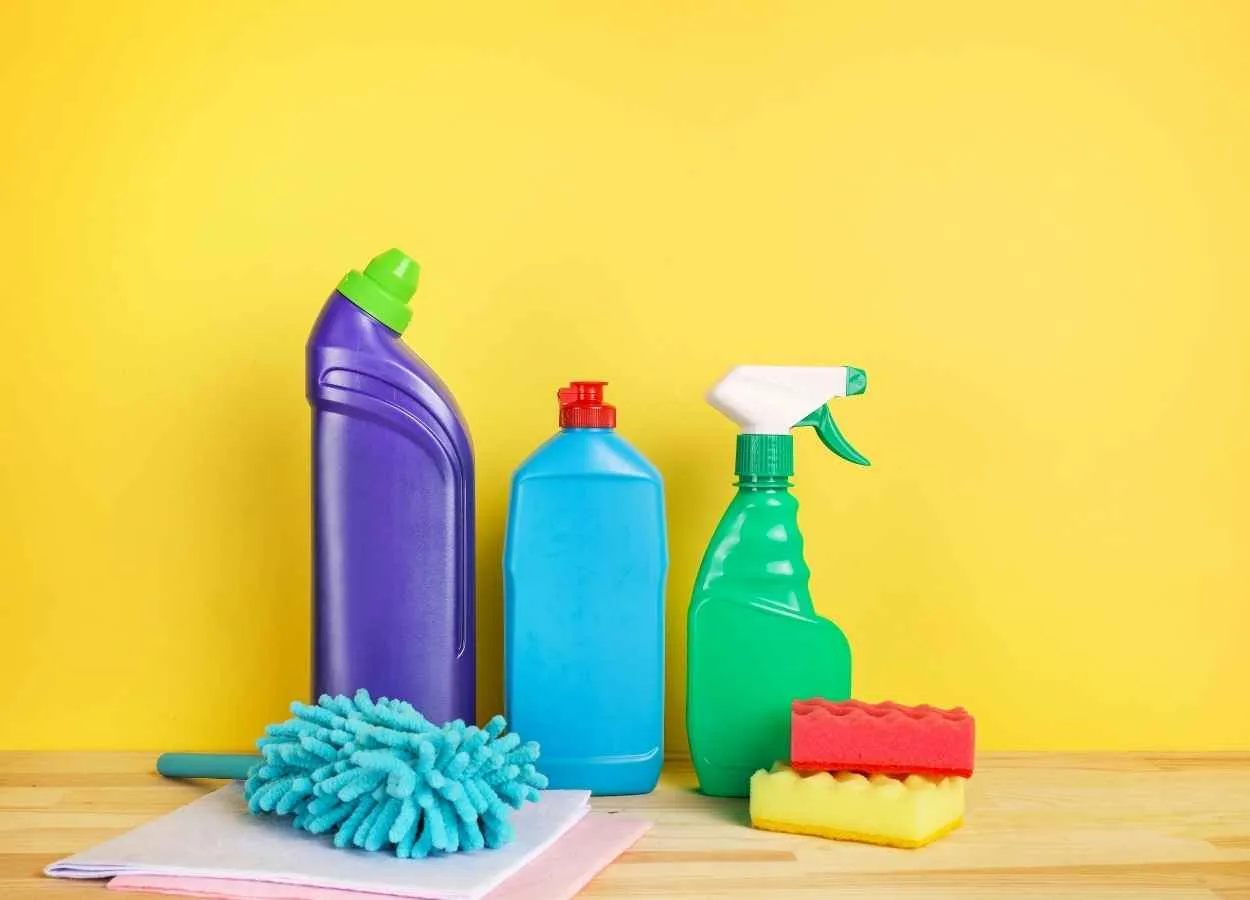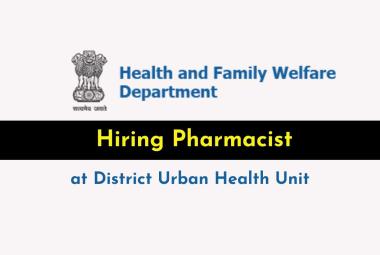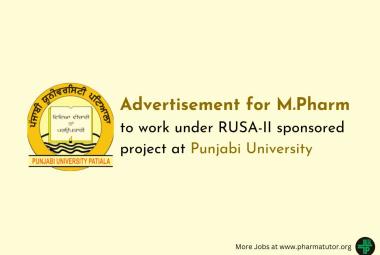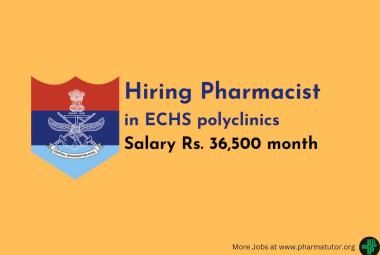 About Author
About Author
Vinay Kumar Singh.
Head-Formulation
Kumar Organic Products Research Centre Pvt. Ltd.,
Bengaluru
Email : formulation_krc@kopresearchcentre.net
Chloroxylenol, also known as para-chloro-meta-xylenol (PCMX), is a halogen-substituted phenolic compound that is used as a preservative in cosmetics and as an active agent in antimicrobial soaps & other products like wound-cleansing applications, and household antiseptics. It is an antiseptic and disinfectant agent used for skin disinfection and surgical instruments. Chloroxylenol functions as a cosmetic biocide & as deodorant agents. The halophenol is shown to be most effective against Gram positive bacteria where it disrupts the cell wall due to its phenolic nature. Chloroxylenol is on the World Health Organization's List of Essential Medicines. Product having Chloroxylenol, is used as a disinfectant and bactericide in House, Hospitals, Office, Industries, Airport, Railway Station and many more. CIR Expert Panel evaluated and concluded that Chloroxylenol is safe as a cosmetic ingredient. Its antibacterial action is due to disruption of cell membrane potentials. The Food and Drug Administration (FDA) includes Chloroxylenol on its list of indirect food additives.
Mode of Action is as follows :
• Oxidation of bacterial protoplasm
• Increasing permeability of cell membranes.
• Coagulation of proteins
Among the time-tested disinfectants and antiseptics, PCMX is based on the element chlorine stand out truly as the most trustworthy, safe, effective, inexpensive, and free from side effects.
The ban of some antibacterial ingredients, such as triclosan (TCS) and triclocarban (TCC), in personal care products (PCPs) in some countries (but not in China) has resulted in the increasing use of antibacterial alternatives, such as chloroxylenol (PCMX).
PCMX is a bactericidal active which, in a large number of differing formulations, has been proved over many years to be highly efficient against a wide range of microorganisms.
PCMX is bactericidal, not merely bacteriostatic and control is afforded versus fungi, gram positive, gram negative bacteria, mildew and some viruses.
Other general advantages of PCMX preparations when compared with other bactericidal agents are:
• PCMX is compatible with a wide range of anionic and amphoteric surfactants and soaps and formulation is easy. Pine oil is a useful carrier and adjunct for PCMX and bactericidal activity can be enhanced by its use.
• For various applications PCMX may be formulated with other chlorinated phenols, sulphur and quaternary ammonium compounds. It is compatible with a wide variety of pharmaceuticals including hydrocortisones, pramoximes, propylparaban and sulphathiazoles.
• Dirt and particulate soil can inactivate all bactericides to a greater or lesser extent. PCMX based formulations are more tolerant than most in this respect.
• PCMX is bactericidally active over a pH range of at least 4 - 9.
Applications is in many fields as below
• Hospital and General Medical Use
- Surgical hand scrub operations
- The pre operative skin preparation of patients
- The sterilization of instruments
- The general cleaning of equipment and all hard surfaces to reduce the incidence of cross infection
• Household and General Germicidal Use
- Antiseptic skin wound cleaning and protectant formulations (liquids, creams, lotions)
- General disinfectants and combined detergent/disinfectants
- Antimicrobial soaps and health-care personal handwash formulations*
- Shampoo (especially anti-dandruff) formulations*.
Its Usages too are varied as below
1.Hospital And Common Medical Use:
• PCMX can be used in skin disinfectant before operation, sterilization of medical equipments, daily clean of equipments and hard surface.
• PCMX can also be used to make medical antibacterial soap, disinfectant used to treat athlete's foot, and common first aid drugs.
• PCMX may be formulated in liquid, waterless hand cleanser, powder, cream or lotion form.
2. Household And General Daily Antibacterial Use:
• As the low toxicity of PCMX, it is frequently used in personal care products such as hand-cleaning detergent, soap, dandruff control shampoo and healthy products, etc.
• The common dosage of PCMX in lotion as follows: 0.5~1 wt‰ in liquid detergent, 1 wt% in antibacterial handing detergent, 4.5~5 wt% in disinfectant.
3. Industrial Use
• PCMX based on the cleaning formulations can be used in the fields such as:
• Glue and Adhesives, Painting and Paints additive, as anti-fungi agent, which is suitable for the wet condition;
• Textile and Pulp, used in the process of pre-immersion of fibre.
• Leather treatment: to prevent against attack of bacteria and fungi and mildew.
Safety Assessment of Chloroxylenol
Chloroxylenol is used in cosmetic products as an antimicrobial at concentrations up to 5.0 percent. It is absorbed through the human skin and gastrointestinal tract. Following oral ingestion by a human of a product formulated with Chloroxylenol, both free and conjugated Chloroxylenol were detected in the urine. Chloroxylenol at 100 percent concentration was a moderate irritant to the rabbit eye, whereas a 0.1 percent aqueous Chloroxylenol solution was a nonirritant to rabbit skin. Chloroxylenol was nonmutagenic in the Salmonella mutagenesis assay, both with and without metabolic activation. No carcinogenicity or adequate teratogenicity studies have been reported. In clinical studies, formulations containing up to 1.0 percent Chloroxylenol were non-sensitizing and essentially non-irritating to the skin. The incidence of skin sensitization among 1752 dermatitis patients exposed to 1.0 percent Chloroxylenol was less than 1.0 percent.
On the basis of the available information, it is concluded that Chloroxylenol is safe as a cosmetic ingredient in the present practices of use.









